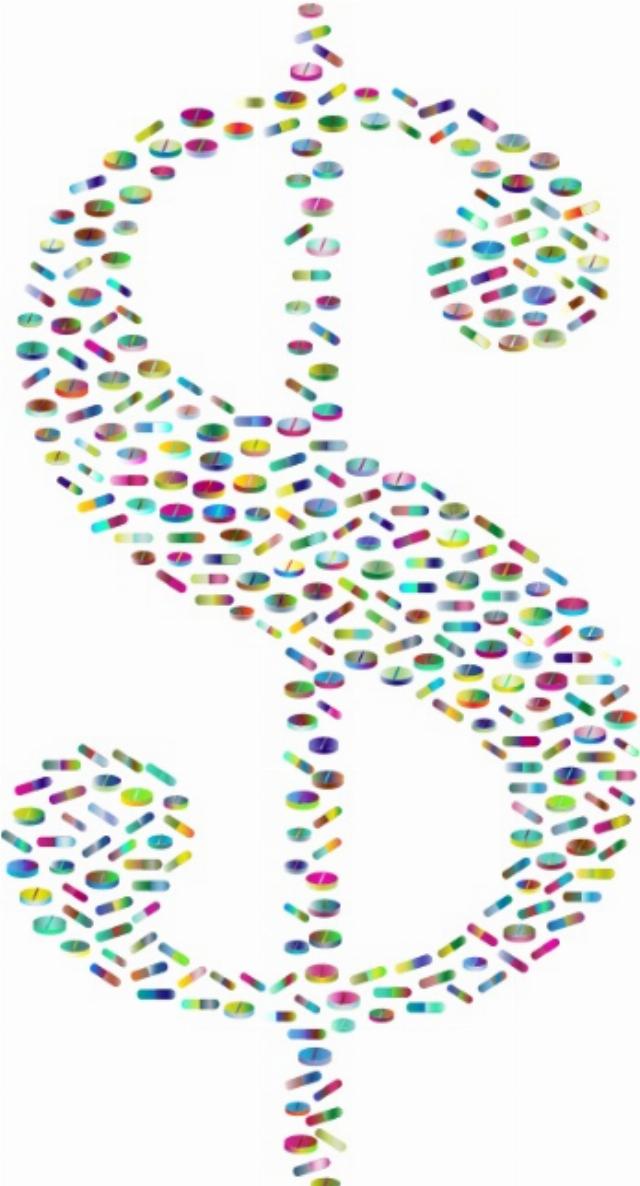The real costs of Medicare Part D prescription medications
In 2020, as my husband turned 65, we carefully researched his signup for Traditional Medicare, choice of Supplement, and Part D Prescription coverage. He is prescribed Eliquis, which retails for over $8,000 annually, and four other medications which retail for a combined total of $3,400 annually. Our Part D insurer's negotiated annual expense for these five drugs is $7,025.
My Medicare signup was in 2023. As I do not currently take any prescribed drugs, I chose the lowest premium Part D plan in our area, avoiding permanent Part D penalties for failure to purchase coverage at 65.
In 2022, we were aware the Biden/Harris Inflation Reduction Act would dramatically alter Part D costs over time. For 2023, my husband's Part D premium rose, but we chose to continue with our plans. For 2024, facing a 33% increase in premium and a 200% increase in deductible, he changed his insurer, and we were able to minimize the total rise in our out-of-pocket costs.
We have now received our Part D Annual Notice of Change (ANOC) for 2025. We can review our premium, deductible, and copay changes. Eventually, we will be able to assess changes to tier assignments and pharmacy availability.
The premium for our current plan increases by 660%. The deductible increases by 111%. Tier copays are changing. We can calculate an annual out-of-pocket expenditure increase of $1,000, a 50% increase over 2024.
Soon, we will shop for new Part D plans, but we expect any available to us to have similar increases in out-of-pocket expenses, largely driven by the Inflation Reduction Act. We will spend over $2,000 on premiums and deductibles before Part D covers any costs.
We also just received Joe and Kamala's email, explaining how much we'll save on our prescriptions, thanks to them. Wrong again. For those who have annual drug costs over $2,000, we hope they review what it will cost them, and all the rest of us, to get that additional help.

Image: OpenClipArt





